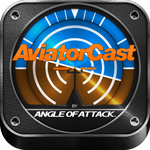Read Time=4 Minutes
I like to keep things simple. For that reason, I’m going to list what lights you’ll be operating, and also when and why.
This whole aircraft lighting subject may be something you’re confused about as a virtual pilot, so let’s clarify.
Beacon Lights
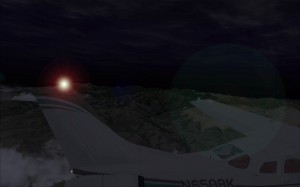
What: Beacon Lights are movement lights. This means that before you start the engines and move, or push back from a gate, these lights need to be on.
When: Anytime the aircraft is about the move or is moving and for the duration of the flight until you shutdown at the destination.
Position Lights
What: Also known as Anti-Collision lights, these lights are used for reference between pilots. Blue (some say it’s green… it’s not) on the right, and red on the left wing, these lights allow you to know where the conflict aircraft is in relation to you. Here are some examples.
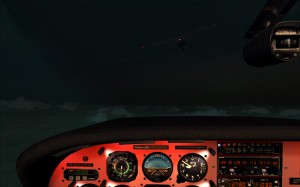
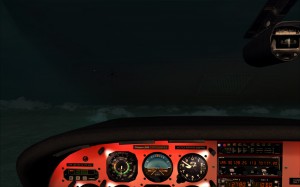
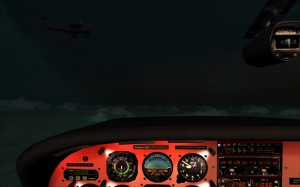
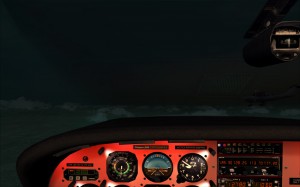
Which Scenario is Pictured? (Answers at the end)
I made these really difficult
- Picture 1
- Picture 2
- Picture 3
- Picture 4
When: All the same rules apply to the Position Lights that applied to the Beacon Lights. However, position lights are generally turned on as one of the first items when powering up an aircraft.
Next time you’re at an International Airport going on family vacation or business, checkout the position lights. They are always left on when the aircraft are parked at the gate. This is because the aircraft are partially powered and ready for the next flight crew.
When they aren’t on, it often means that ship isn’t going anywhere for a while.
Stobes
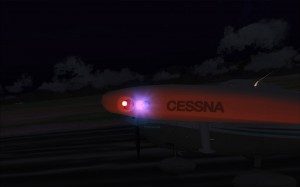
What: Also known as high intensity lights, these lights get A LOT of attention at night. These are the bright white flashes you see coming from an aircraft.
When: Some pilots use these any time the aircraft is moving, including on the ground. If used on the ground, turn off these lights if you’re close to other pilots. It takes 30 minutes to get full night vision effectiveness out of your eyes, and about 30 seconds or less to lose it with bright lights.
I put the strobes as part of my ‘Taxi into position’ check for takeoff. In other words, crossing the hold short lines, I turn on these lights. I find it unnecessary to be using these lights when on the ground, unless crossing an runway, active or not.
These lights remain on until you exit the runway at the destination.
Taxi
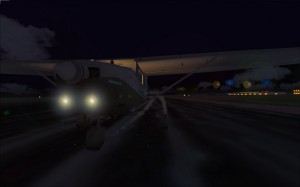
What: Used to locate the centerline. Usually located on the nose wheel assembly.
When: I think these lights only make sense during night operations, but if you are a person that is forgetful and must do things by habit, turn them on during the day too. No harm, no foul, you’ll just have to replace the lights more often.
Landing Lights
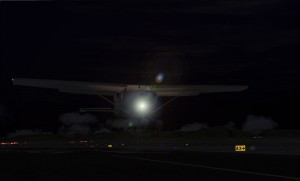
What: The brightest continuous lights on the aircraft.
When: These are used during Approach and Landing. If you are a heavy metal guy in flight sim (you like airliners) turn them on when descending through 10,000 feet, and off when climbing through 10K. These will remain on until you exit the runway after landing.
For you general aviation guys, turn it on when A. VFR and within 10 miles of the airport (or as part of your GUMPS check if you forget) B. IFR when you get the runway in sight.
Logo Lights
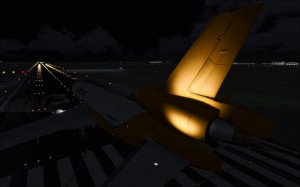
What: Shows off your pretty company colors on the tail of an aircraft.
When: At night, when you think someone is looking (or by virtual airline policy).
Flashlight
What: Cylinder Shaped Tube with Batteries and a Light
When: When the power goes out and you are running the flight sim computer off of the generator, but still need to see charts and other things, this is a good time to pull out a flashlight.
Alright guys, that’s it! I hope you find this useful. As always, feel free to jump in and comment, ask questions, or share another idea with the rest of us.
ANSWERS:
- Aircraft is flying away- You can see the right position light, green, left, red, and the white light (this is also a position light) on the back of the aircraft.
- Head on Danger! This is why we have these lights. You can see that the red is on the right, green is on the left, and there is NO white light. Be alert. If you were really this close to an aircraft, you’d have a second or two to react.
- Passing Left to Right- You can see the green position light. If the beacon was pulsing, you’d see that too. I made it difficult, though.
- Passing Right to Left- Now you can see the red light.
Please note: We reserve the right to delete comments that are snarky, offensive, or off-topic. If in doubt, read the Comments Policy.

